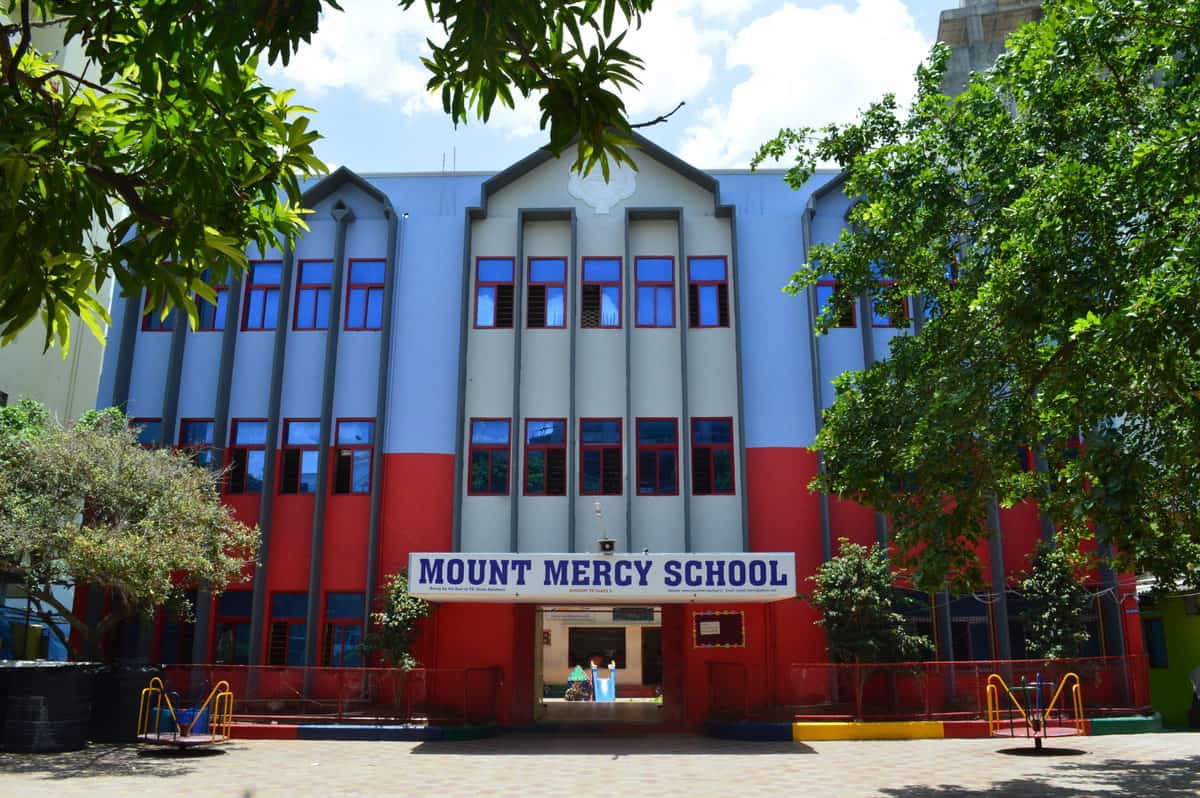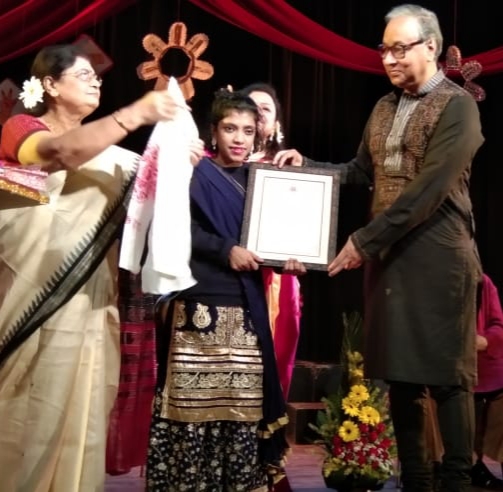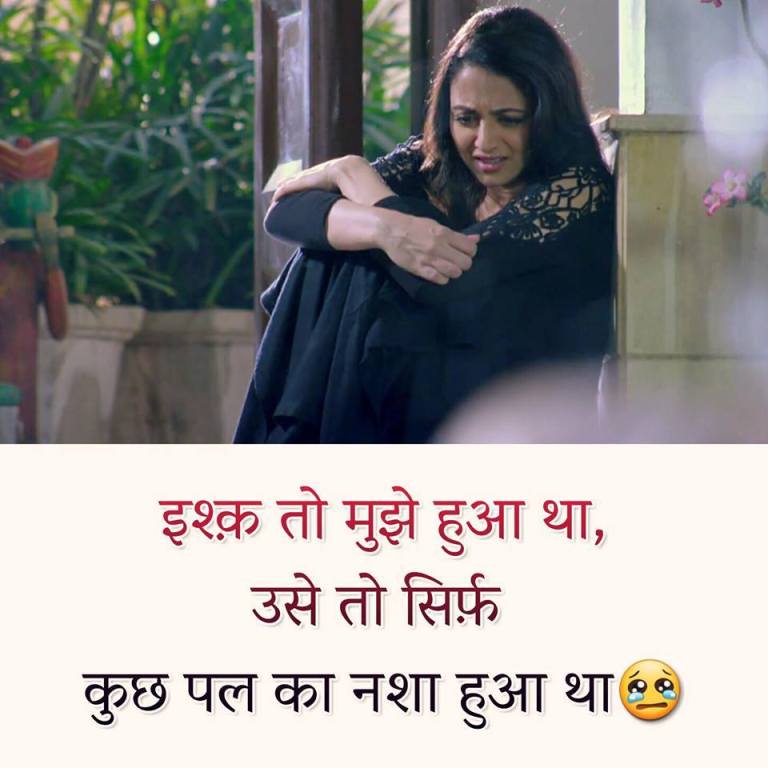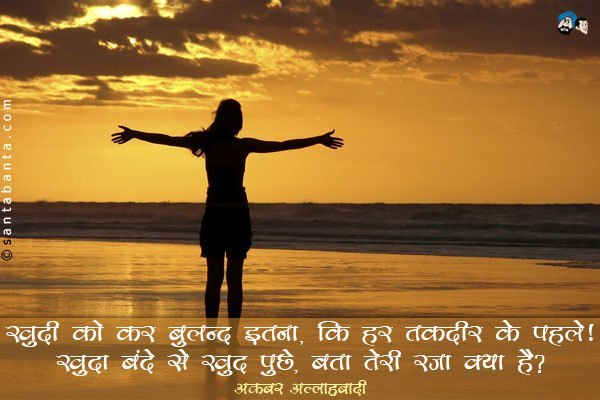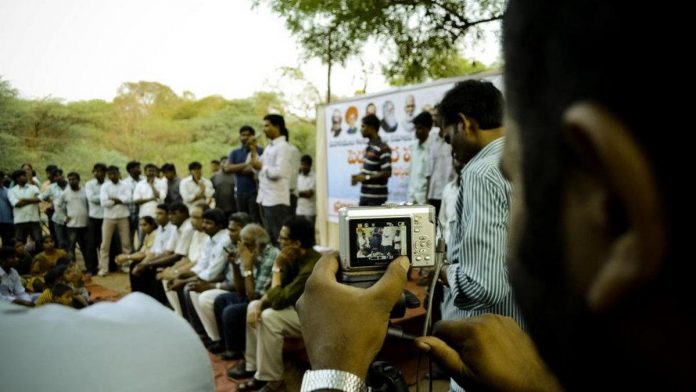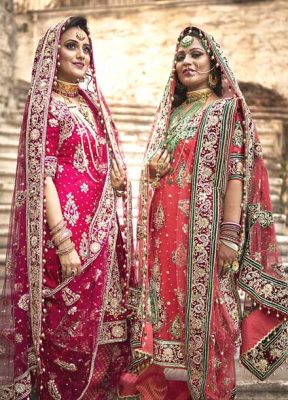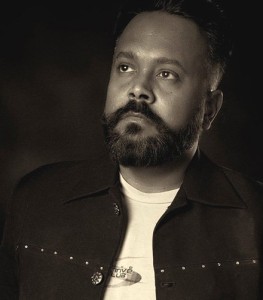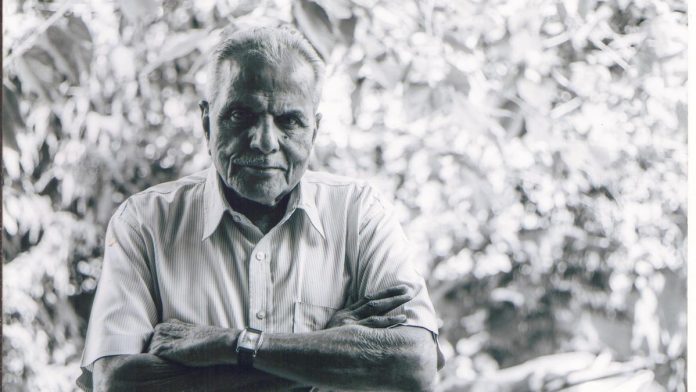Mumbai, MAHARASHTRA :
Naushad Khan’s logic in telling Sarfaraz to move from Mumbai to Uttar Pradesh for the 2015-16 season is still unclear. Granted, the father has always had the best interest of his highly-talented son on his mind, but something didn’t add up. Sarfaraz battled these same questions, and then some, before coming to terms with it, tears and all. He was ready to give up.
This was the same 12-year-old who had scored 439 runs in 431 balls in a Harris Shield game for Rizvi Springfield. The fledgeling who had featured in two Under-19 World Cups for India. The wonder kid who had been bought for Rs 1.75 crore by Royal Challengers Bangalore and was one of three retained in the side – besides Virat Kohli and AB de Villiers – in 2016.
Two months on, he has 745 runs in five games at an average of 186.25. En route, he also became sixth on the all-time list of most first-class runs scored before being dismissed – 605 runs including 301*, 226* and 78.
DH chatted up the 22-year-old on cricket, fitness, and the ever-looming shadow of his father.
Excerpts:
Did you think you would return to Mumbai, let alone score all these runs?
I have played two World Cups for India, I am the youngest player in the Indian Premier League, I did some great things in the Harris Shield and then I was a nobody. Almost every day since the time I was a child my name was in the papers. I was used to people telling me how I am the next big thing in Indian cricket. Overnight, literally, I was left out by RCB, I had moved to Uttar Pradesh, and I had an ACL (Anterior Cruciate Ligament) tear to recover from…. I was a has-been. I felt like this at 17. You think about it, how would you have reacted to all this pressure when you’re 17?
Tell us about your time in UP, and the impact the injury had on you.
My cricket was going nowhere in UP, and I had almost given up on it (cricket) because I felt like if I wasn’t playing for Mumbai there was no point. See, the decision to move to UP was my father’s. I didn’t understand why he would do that and I was angry with him for some time, but that’s how father and son relationships are sometimes. You get angry and forgive and move on. He is the greatest thing to have happened to me. Without him, I would be nowhere. So, then I told him that if I am being ignored and my career as a cricketer is over I might as well end it with Mumbai. It really was my final wish. Never did I think I would be here now. I am grateful for MCA (Mumbai Cricket Association) for giving me this chance.
How did you bide your time during the cooling-off period?
We have ‘nets’ at home. My father made it so I could train. I had spent too many days sleeping in tents at grounds. He also had Musheer to focus on now so it made sense. So, I spent every single day trialing at those nets. It was like therapy for me. I was so angry, sad and depressed that I had to rely on what brought me happiness. Sadly, even that didn’t work because it made me hungry for more but I didn’t know where to get more from. Thankfully, Mumbai accepted me back. I know I scored a triple hundred and a double hundred in back to back games, but that hunger didn’t die out. In fact, I didn’t even eat before those innings because I wanted to remain hungry.
How difficult was it to accept it when RCB let go of you? Were you that unfit?
It was a very sad day for me. I was a child. I mean, it was tough enough to be let go but you were also told you were unfit. You really think the world is out to get you at this point. All I was taught all my life was to play cricket. That means bat, bowl and field. My father was a cricket coach and he didn’t teach me fitness. Of course I was overweight but I was still able to do everything so I didn’t see what the issue was until RCB told me. By then people also agreed and they didn’t give me a chance to prove myself. In the sense, they tagged me as this fat boy and they kept calling me fat. It was very hard to deal with. The knee surgery was tough on me. I was unfit at the time. On such a big stage when this happens you feel like everyone is only looking at you and judging you. It’s very tough for a young boy to come to terms with all that.
How did you turn it around, fitness-wise?
Once you spend some time with international cricketers and watch their routines, you realise what you need to be at their level of fitness. My talent as a batsman was never in doubt, no one dared doubt that,but they only wanted me to be fitter. I didn’t hire anyone but just worked on the simple stuff. Instead of eating big portions, I ate smaller. Instead of just focusing on cricket, I dedicated time to cardio and lifting weights. It’s the things everyone learns with age. You must remember, I was a child then. I am mature now, in every regard.
Tell us about your relationship with your father.
I’ll be honest with you, it is very irritating sometimes because he’s always in coach-mode. We do not go a moment without talking about cricket. It’s a lot of information and sometimes you just want him to stop. I do not want to hear about all the things I didn’t do right. Sure, he says I did well when I do but the ‘you need to work on this’ or ‘you need to improve on that’ seems like I constantly have things to fix. I agree that am not perfect and he’s looking to make me perfect. It’s good in the sense of motivation but it’s tiring if it is thrown at you all the time. But he is my father. I love him more than anything and, again, if not for him I would be a nobody.
Why do you think he decided to move you to UP?
I think sometimes it’s difficult for parents to accept it when their kids do better than them. You understand, na? I am not saying my father is a bad person. In fact, he is my god, but I think he moved me to UP because of all the attention I was getting. It was so difficult to move. I remember crying the whole time I was packing to move. I kept all the clothes with the Mumbai logo on it in a safe space. I didn’t want to let go of that. I didn’t believe I would wear it again, but I couldn’t let go of whatever memories of my first love. I can’t believe I get to wear the MCA logo again. It’s surreal.
Signed by Kings XI Punjab
You have no idea. I was just happy that they bought me in the auctions. Just when I thought everyone had forgotten me, they bid for me. It was also my best IPL (180 runs in eight innings) so I was happy. They have retained me for another season and I am in great form.
What are your expectations, not just in the IPL but in general?
When I was 17-18, I had a lot of expectations. I was young and I wanted the world, but as I grew up I understood that expectations are not a good thing. I had to lower them. Ambition is very different from expectation. I am very ambitious and very hungry to go places, but I have learnt to focus on the process and not on what will come, or what I could maybe get if I put in the work. The trick is to just put in and work. No hopes, nothing.
Great to have two talented cricketer’s from the same household?
I genuinely think he is more talented than me. He is a brilliant left-arm spinner and he is a very, very good batsman. I cannot stress on how good he is. He picked up ten wickets in a match recently. He’s so much more talented than me. Again, this is my father’s doing. Without him, we would be nowhere.
source: http://www.deccanherald.com / Deccan Herald / Home> Interview / by Roshan Thyagarajan / DHNS / February 08th, 2020


